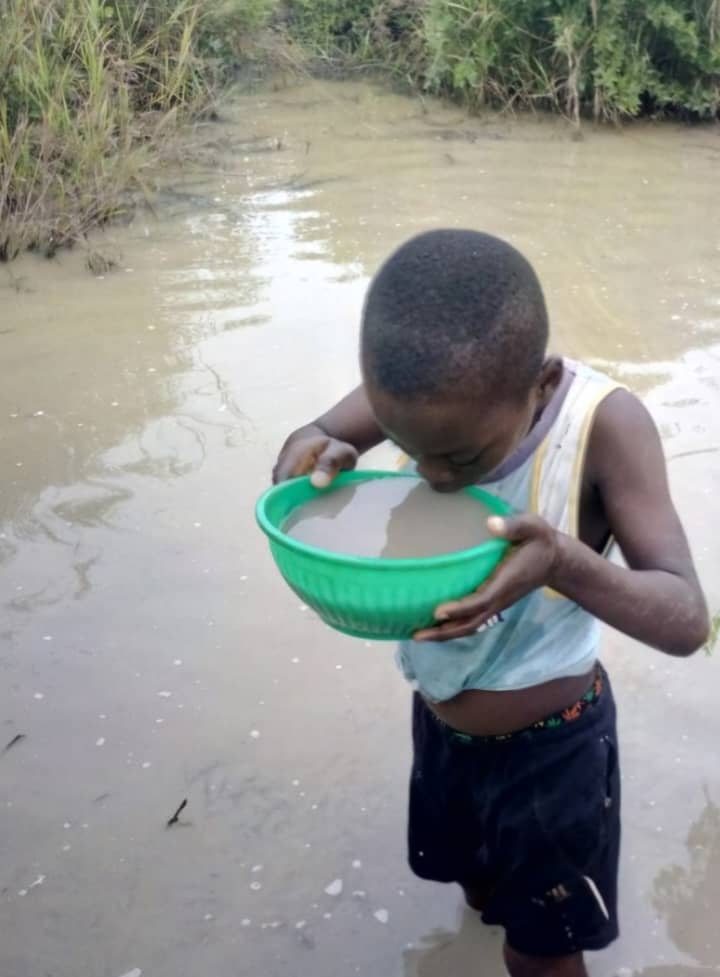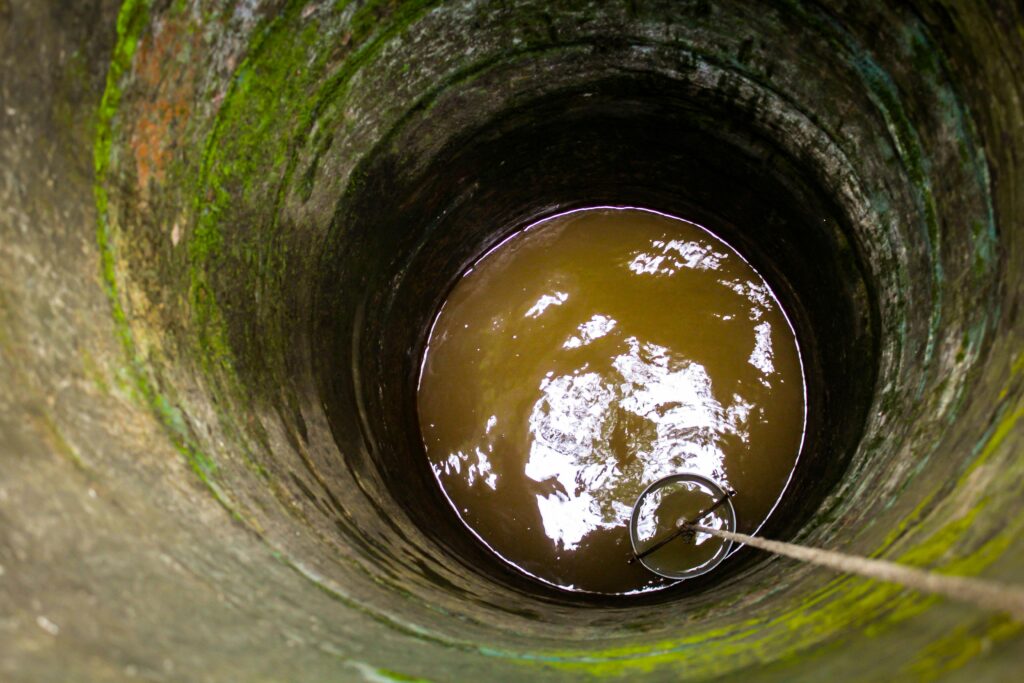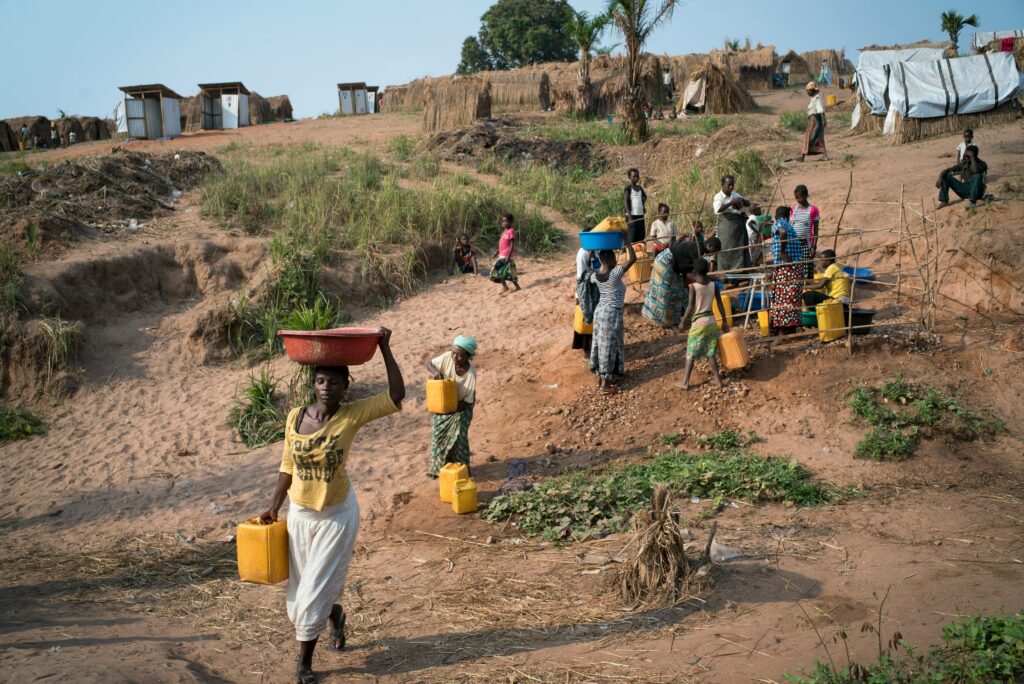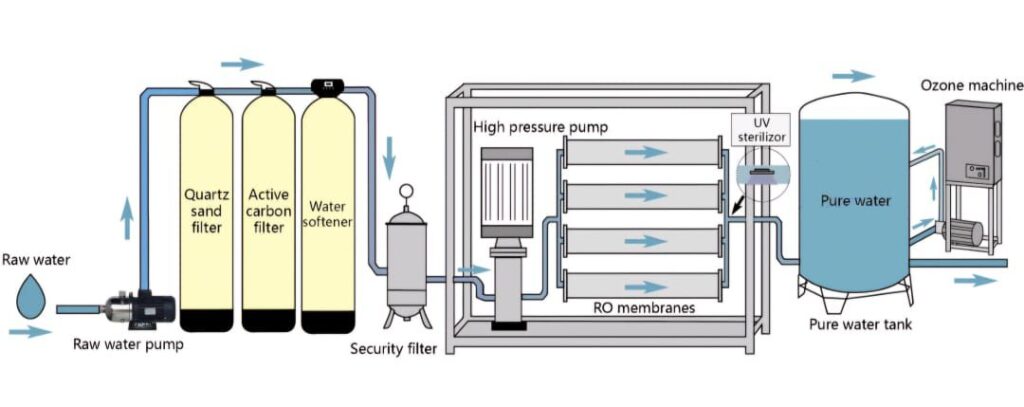Water Crisis
Water is a scarce resource in rural communities in Ghana and other African countries. The water crisis is a harsh reality affecting the lives of women children and families in Ghana and other African countries. Women and girls spend countless time collecting dirty contaminated water from rivers and streams, exposing themselves to illness and diseases and robbing their communities of a bright future. The lack of access to safe drinking water and proper sanitation hinders education, food production and health thus perpetrating a cycle of poverty.
Give Pure Water, Give Life
The solution to this water crisis is to dig wells and extract underground water. Although underground water extraction is often preferred for the community’s water supply, the occurrence of high levels of minerals (manganese, iron, arsenic, fluoride, hardness, nitrates, low and high pH, viruses, and bacteria) have been identified as an emerging challenge limiting the extent to which the well water can be utilized. Natural and unnatural compounds that dissolve and hide in water are called total dissolved solids (TDS). Water with TDS levels less than 500mg/l (WHO and GSA standard) is palatable and generally considered to be good drinking water, and water becomes significantly and increasingly unpalatable and unacceptable when the TDS level is greater than 1000mg/l. Hence if well water is not treated it may have unacceptable TDS levels thus making it not safe for drinking.


About 93% of households in rural communities do not treat drinking water at all. About 80% of all diseases in Ghana and other developing countries are to a greater extent caused by using dirty contaminated untreated water. Every day, dirty and contaminated water claims the lives of about 4000 children, and according to WHO, 3.4 million people die each year from water-related diseases.
Many countries in the developing world including sub-Saharan Africa today are facing problems of shorter life expectancy and higher mortality rates especially among children. To a greater extent, it is caused by the use of low-quality, contaminated, and untreated drinking water.

The Solution

Raw Contaminated Treatment Plant
Father Edmund Charity Water (FECW) believes every household deserves treated, safe, and clean drinking water. We would use the above reverse osmosis water treatment plant to get pure and hygienic water for rural communities.
The first step in checking well water quality is finding out what TDS hides in the water. The simplest water treatment method includes using various filter materials with different pore sizes; the water’s impurities are excluded by absorption or blocking. The most important absorption method is absorption by activated charcoal which removes bad taste, odor, and color and the blocking method is to pass water through the filter materials, hence large impurities cannot pass resulting in clean water.
The reverse osmosis (RO) will filter out dissolved salts, heavy metals, and organic matter to produce pure water. Under high pressure, pure water passes through the membrane to the clean water side, while impurities are discharged with the wastewater. When paired with a UV sterilization system, harmful bacteria and viruses in the well water can be further eliminated. Ozone generator also generates gas into the water to disinfect it.